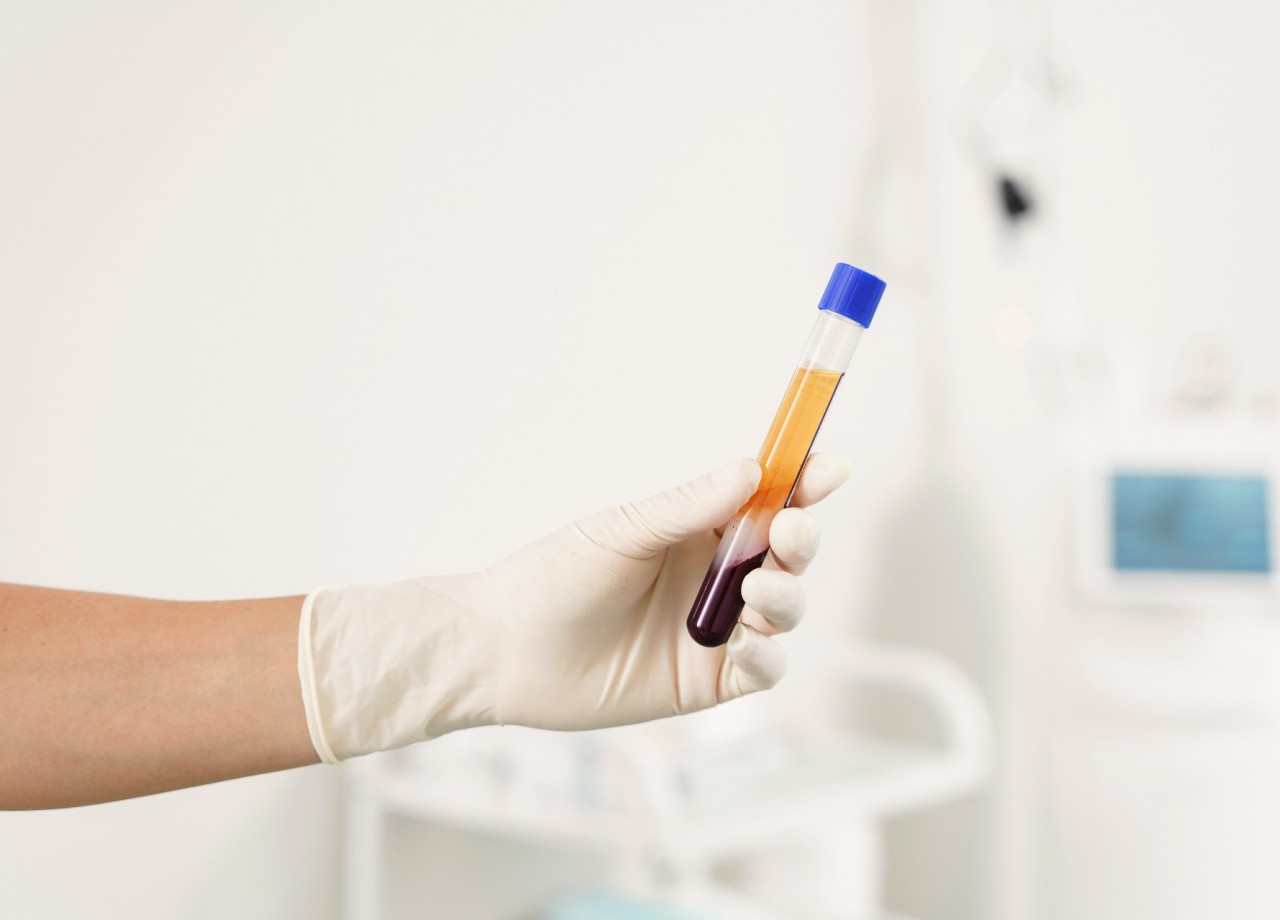Understanding DFPP: Treatment for Enhanced Health
Double Filtration Plasmapheresis (DFPP) is an innovative medical procedure with a primary goal to treat autoimmune disorders and other conditions that are rooted in the abnormality of the plasma components of the blood. The technique involves separating the disease-causing components, such as harmful antibodies or immune complexes, from the blood plasma and reintroducing the clean, filtered plasma back into the patient's body. In this article, we will explore the nitty-gritty of the DFPP technique, its applications, and the underlying mechanism involved.
How Does DFPP Work?
The DFPP procedure begins with the extraction of the patient's blood, which is then directed into the plasma separator. The blood cells and plasma are separated, with the former returned to the patient's body and the latter sent to the next filtration stage.
In the second filtration stage, the plasma fractionator differentiates and selectively removes pathogenic substances based on their molecular sizes. Typically, harmful components such as autoantibodies, immune complexes, or abnormal proteins are larger in size than other beneficial plasma components, allowing for their targeted removal.
Once the filtration is complete, the filtered plasma is then combined with the blood cells that were returned earlier, and the 'clean' blood is reintroduced into the patient's body.
Applications of DFPP
DFPP can remove the harmful antibodies responsible for these attacks, thus alleviating symptoms and improving patient outcomes.
In addition to autoimmune diseases, DFPP has also found use in managing certain kidney diseases, such as nephrotic syndrome, where it can remove harmful proteins or immune complexes that contribute to kidney damage. Other applications include treatment for certain neurological disorders, acute inflammatory demyelinating polyneuropathy, or Lambert-Eaton myasthenic syndrome.
For more information, contact us at:
Phone: 0-2677-7077
Facebook: ADDLIFECenter
Line: @addlife
www.add-life.org



